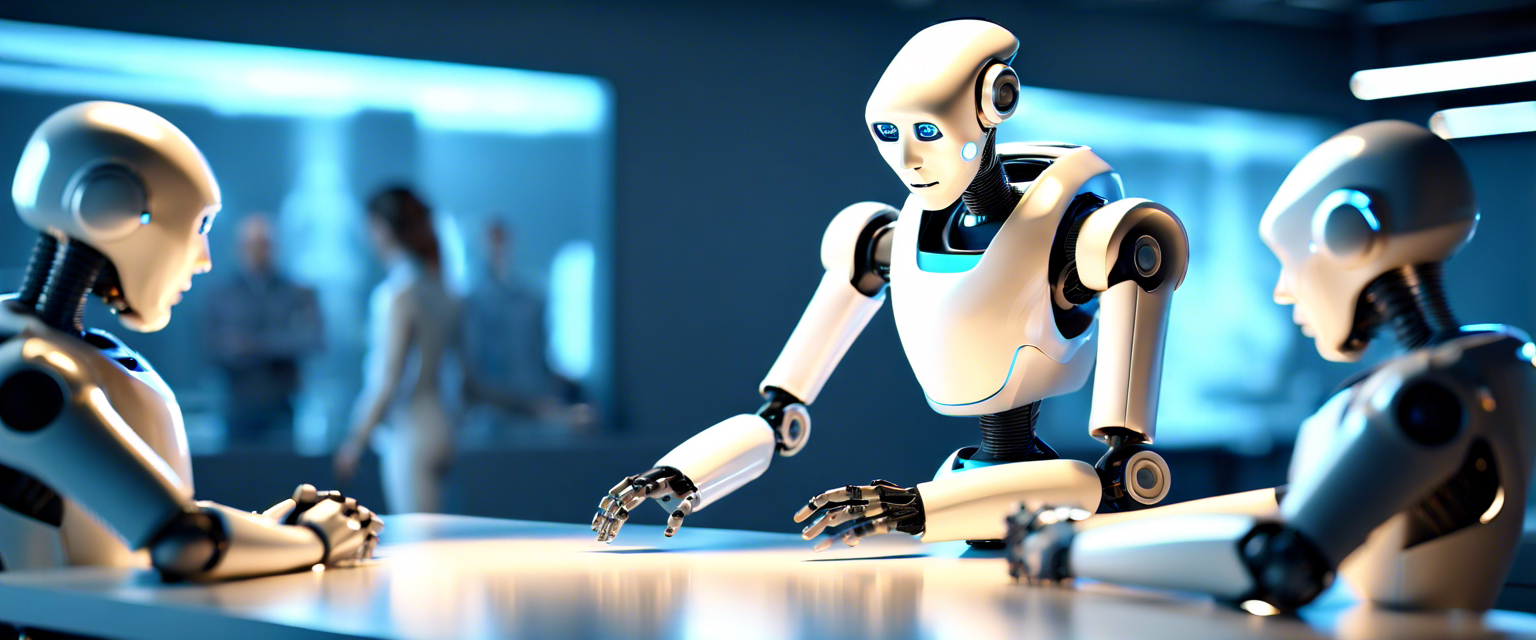Self-driving cars have been a dream for decades. But recent technological advancements show that they are about to become a reality. Car companies have started testing these cars across the country and have implemented related technology in many new models. These companies are only a few years away from realizing the human dream of cars that drive themselves completely.
Current technology
There is a considerable amount of self-driving technology in cars on the road today. Many cars released in the past two years have the capacity for limited self-driving on highways. Individuals can activate an autopilot mode and have the car drive itself on a highway. The car will speed up, slow down, and merge lanes all on its own. Individuals still have to pay attention and keep their hands near the wheel.
They are expected to apply the brake if necessary at any time. But this step is by no means the last step in self-driving technology. Companies will soon have the ability to release cars that will be able to drive on city roads with autopilot technology. They are starting to release test cars that are entirely self-driving. These cars need to be continually tested and tweaked in order to ensure that they are as safe as possible.
Hurdles
Perhaps the biggest hurdle to self-driving cars is the reluctance that many people will have to embrace them. Millions of Americans grew up in a car culture that prioritized driving. Individuals spend years waiting and wishing to be able to drive. In a country where millions of people still do not use the internet on a regular basis, it will be difficult to convince them to give up human control over machines that are supposed to drive for them. There needs to be marketing and regulations that will show individuals how self-driving cars will actually be safer than cars driven by individuals. In addition, companies that release self-driving cars will have to be slow, careful, and deliberate with their technology. A single accident can set this technology back month or even years.
Projections
The most common projection is that self-driving cars will become the norm in the next ten years. Individuals will start to use cars that have autopilot features more and more. Old cars will break down and individuals will replace them with cars with these new features. They will become comfortable with the idea of a car driving itself with only minimal influence from a human being. This factor will be a stepping stone for the completely autonomous vehicles that allow an individual to watch television or crawl into the back seat while a car is driving.
Individuals may not need to prepare for self-driving cars just yet. There are still millions of cars on the road today that were built in the 20th century. It will be a while before these cars are phased out by cars with newer technology. But people should still prepare for how they will think and react to the eventual emergence of these cars. Individuals who are not prepared may be left behind by the inevitable rise of cars that will require no input from a human driver.
About the Author
D. Scott Carruthers is a talented photographer and food writer. He has written for large publications and has years of experience cooking and writing about food. Carruthers has written a cookbook and has a number of projects currently in the works.




